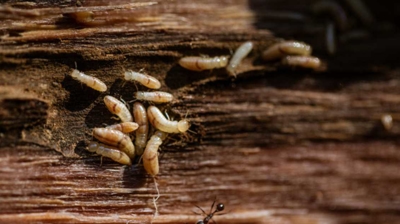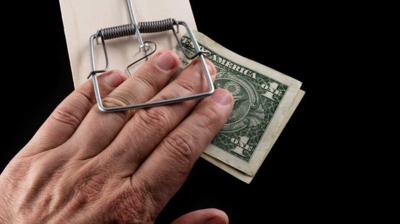Do You Know The Difference Between Subterranean & Drywood Termites In San Jose?
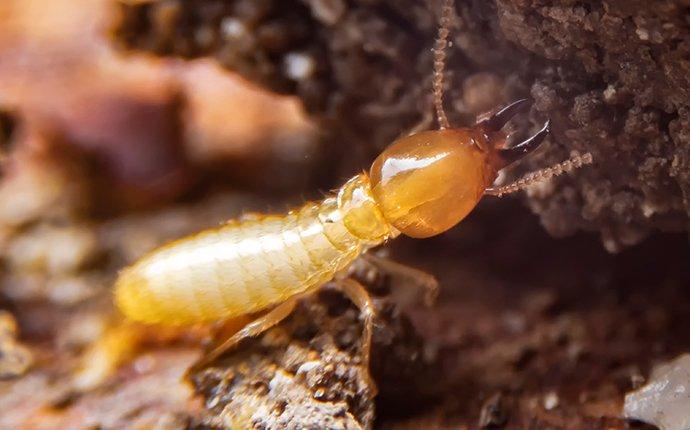
A termite's a termite, right? Well, not exactly. While all termites can feed on the wood of your home, they don't all feed on the same type of wood, or attack your home in the same way. In our area, the two most common termite types are subterranean termites and drywood termites. Let's take a look at the differences and talk about what you need to know to protect your San Jose property.
Subterranean Termites
What's in a name? Quite a bit, actually. Subterranean termites are termites that prefer to nest under the surface of the earth. This is because there is moisture down there. Subterranean termites need a lot of moisture to survive. This is an important fact to understand. When these insects attack your San Jose property, they'll do it from a ground nest. They rarely establish themselves inside a structure. Since they live in a ground nest, they must go in and out of your home. There are two ways they will do this.
Shelter Tubes — Subterranean termites construct tunnels out of soil and saliva. They create these tunnels on above-ground structures. This allows them to go in and out of structures without being exposed to the air. If you see these tubes on your foundation wall, it is good to be able to recognize them as termite shelter tubes. Unfortunately, these mud constructions often go unnoticed or unidentified.
Direct Wood Contact — When wood is in the soil, it offers an ideal food source for subterranean termites. It also provides a perfect point of entry into your home. You can protect your home by addressing any areas where there is wood-to-soil contact. Take a moment to also consider potential food sources in your yard such as stumps, logs, buried wood, wood piles, etc. One subterranean termite colony can feed on several food sources at once. While they're consuming a pile of wood or cardboard in your yard, they are almost certainly feeding on your home at the same time.
Drywood Termites
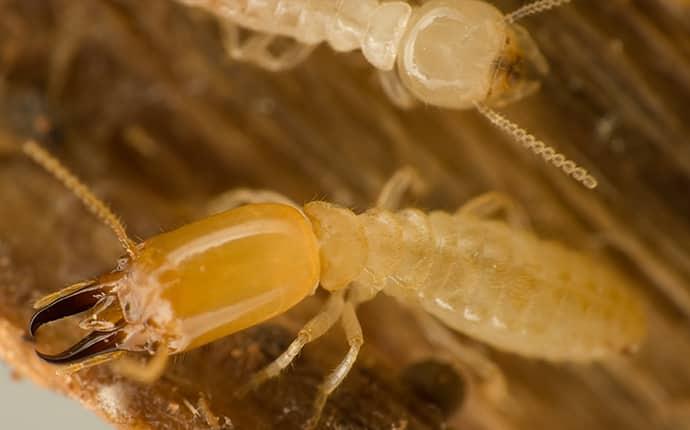
Drywood termites, as their name suggests, are termites that can tolerate dry conditions. These termites attack drywood, or what we call hardwood. Subterranean termites attack softwood inside your home, and they have a preference for wood that has been damaged by water. That means, in a way, they are wet-wood termites. But don't get them confused with dampwood termites, which are another type of termites entirely. Subterranean termites aren't limited to feeding on wet wood, and there are many differences between subterranean termites and dampwood termites, not the least of which is the fact that dampwood termites do not typically nest in the ground.
Why is it important to know that drywood termites feed on hardwood? Since they attack drywood, they're not as much of a threat to the overall structure of your home. They'll damage window frames, baseboards, and other hardwood construction materials. Subterranean termites feed on the wood that makes up the framing of your home, and they can feed on support beams. This can lead to extensive structural issues. It is far worse to have subterranean termites in your San Jose home.
More Facts About Subterranean Termites
- Subterranean termites are far more destructive than drywood termites. The cost of property damage caused by subterranean termites each year in the United States is in the billions.
- Drywood termite damage is in the hundreds of millions.
- Subterranean termites rarely create visible damage unless there is high moisture or humidity or wood-to-soil contact.\
- Subterranean termites tend to create shelter tubes in dark, hidden places, rather than out in the open.
More Facts About Drywood Termites
- Drywood termites tend to cause less destruction to a home because they are more visible warning signs, and the wood they attack is not typically load-bearing.
- Drywood termites create tiny kickout holes and push their hard, pepper-like droppings out of their tunnels.\
- Drywood termites can cause damage that is visible.
What You Can Do About Termites
Do you want to protect your San Jose home from termites? The best solution is to contact Bay Pests. We offer the most advanced and trusted termite solutions. We provide inspections, termite extermination, or proactive termite prevention. Reach out to us. We can help.
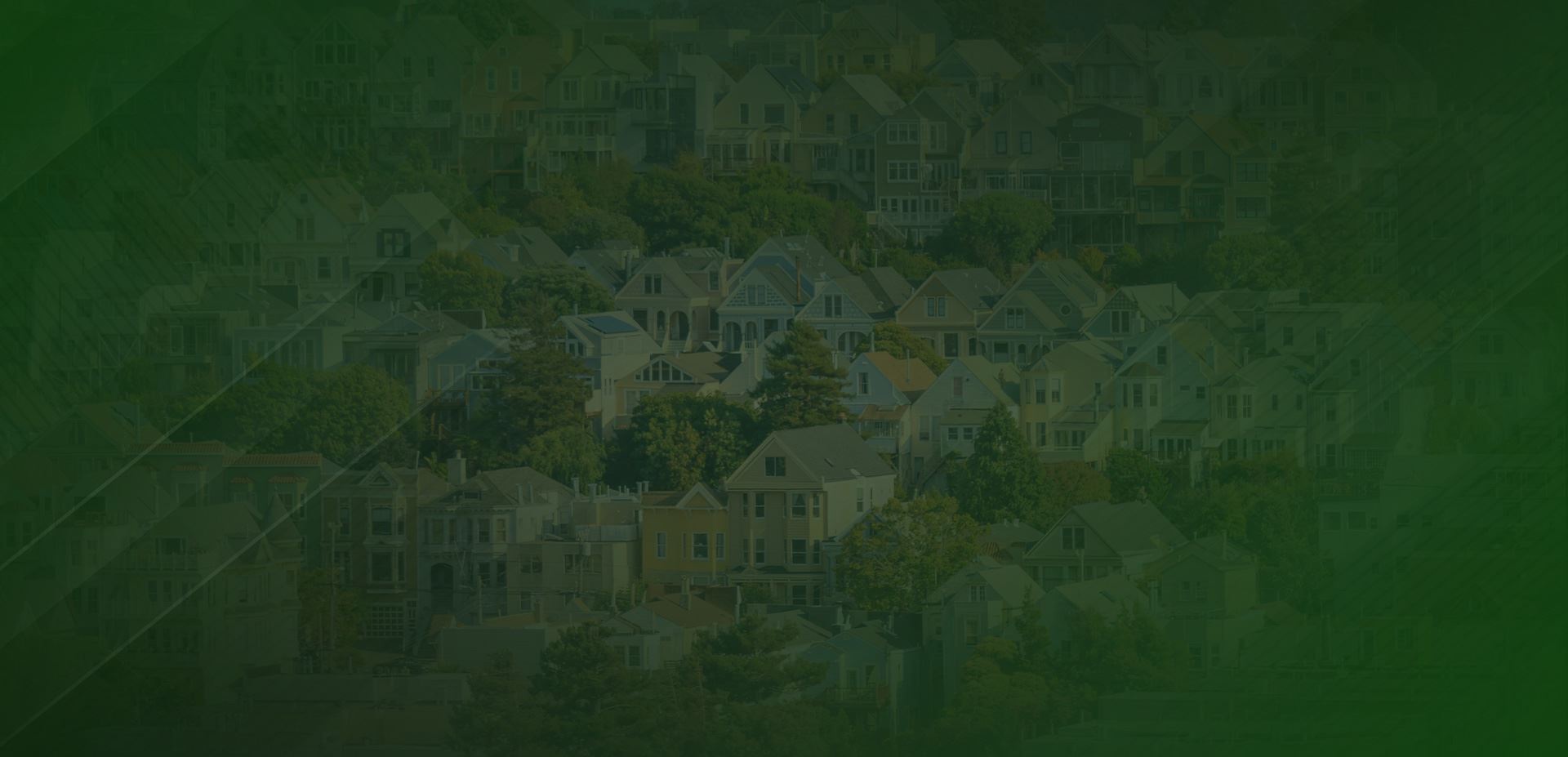
Pest Control with a Personal Touch
Why Our Service Makes the Difference
-
Results-Driven
Unlimited follow-ups for 30 days after each service ensures optimal results.
-
Customizable ServiceWe customize the service and frequency to meet your Pest Control needs.
-
40+ Years of ExperienceWith over 40 years of experience, we're your best bet for Pest Control in the Bay Area.
-
Licensed, Insured, Vetted ProsEntrust your pest control needs to licensed, insured professionals.
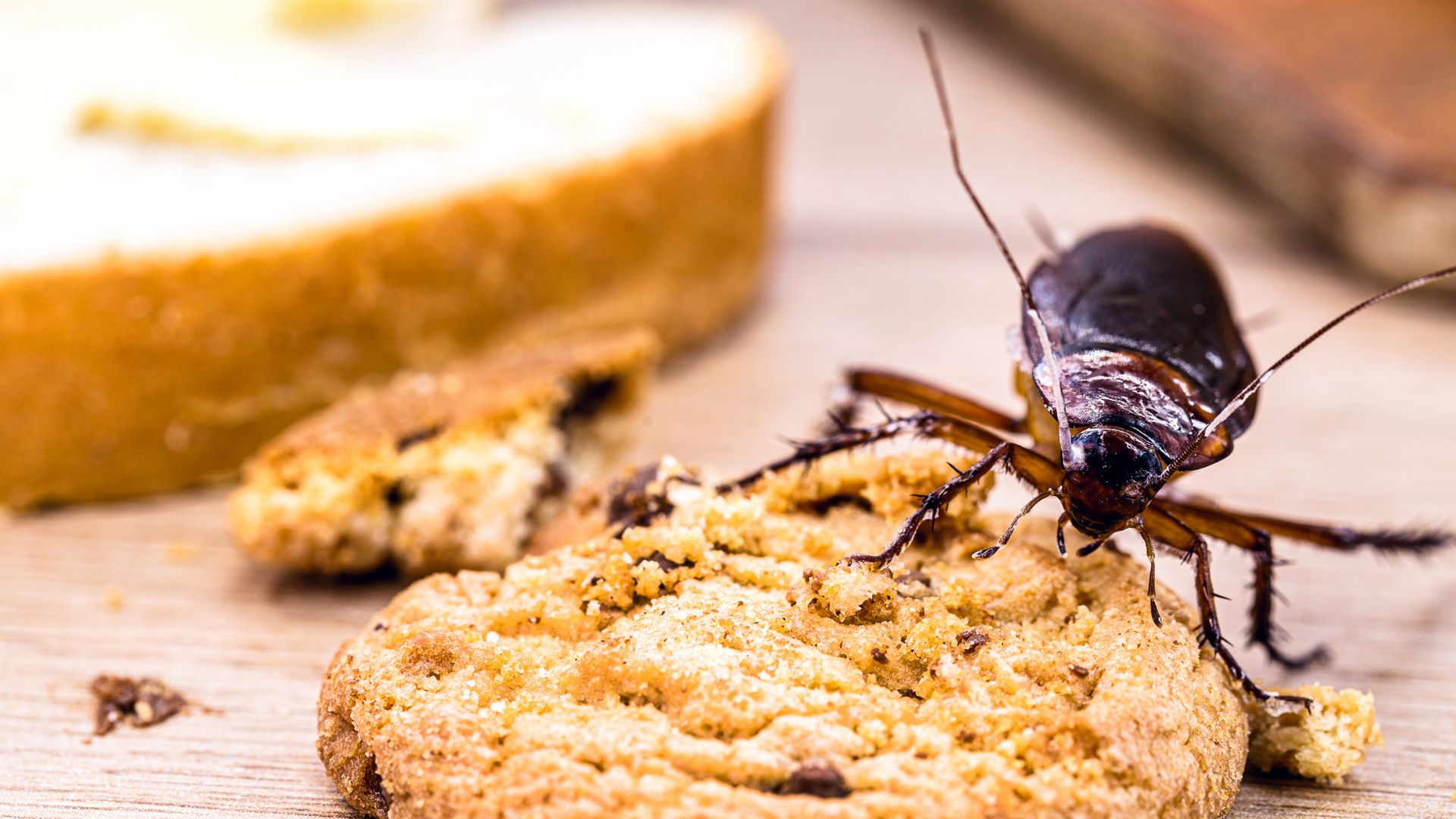
A member of our team will be in touch shortly to confirm your contact details or address questions you may have.

Hear From Our Happy Customers
At Bay Pest Solution Inc, your satisfaction is our priority! See for yourself what our customers have to say about working with us.
-
"Great job handling pest removal!"
I would recommend Bay Pest Solution to everyone! They have done a great job handling all our pest removal issues. I'm always ...
- Denise S. -
"Friendly, punctual, thorough service"
So glad to be customers of Bay Pest Solution Inc.! They are very friendly, punctual, and thorough. Despite many other pest ...
- Alivia D. -
"Fantastic service, very professional."
As a real estate professional in the Bay Area, Bay Pest Solution Inc. is my go-to for anything pest-related. Fantastic ...
- Calmin C. -
"Full Satisfaction"
Would definitely work with them again in the future.
- Ross W. -
"Extremely Happy"
Their price on it was good and no contract.
- Ronald B. -
"Professional & Honest"
Bay Pest was the first to listen and very quickly gave me options on termination.
- Cindy B. -
"Very Knowledgeable"
Good communication, timely, friendly, great follow-up.
- Carter C. -
"Service Was Great"
Easy communication, friendly and helpful and they got the job done in one go.
- Charity S.



.png)
